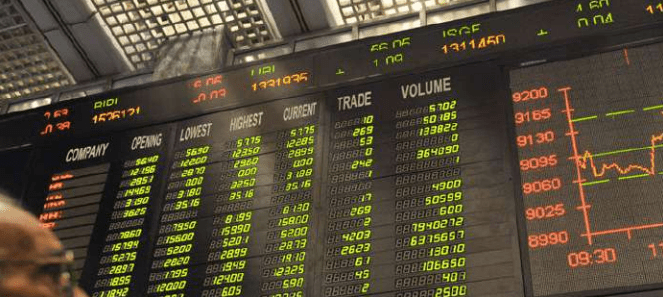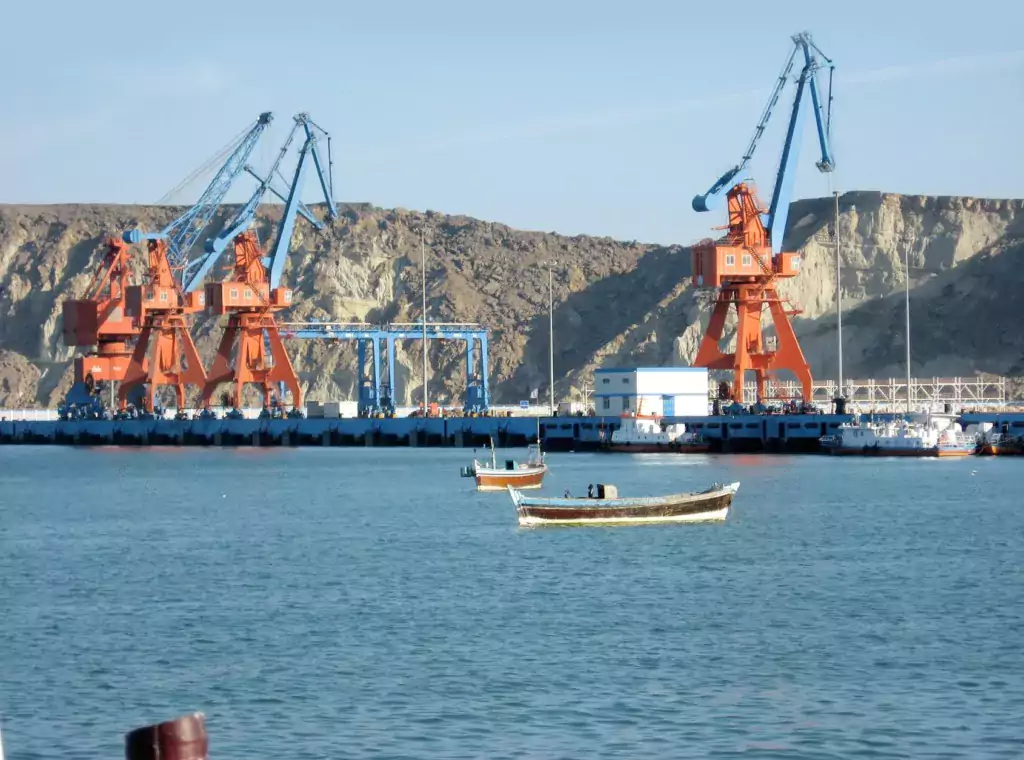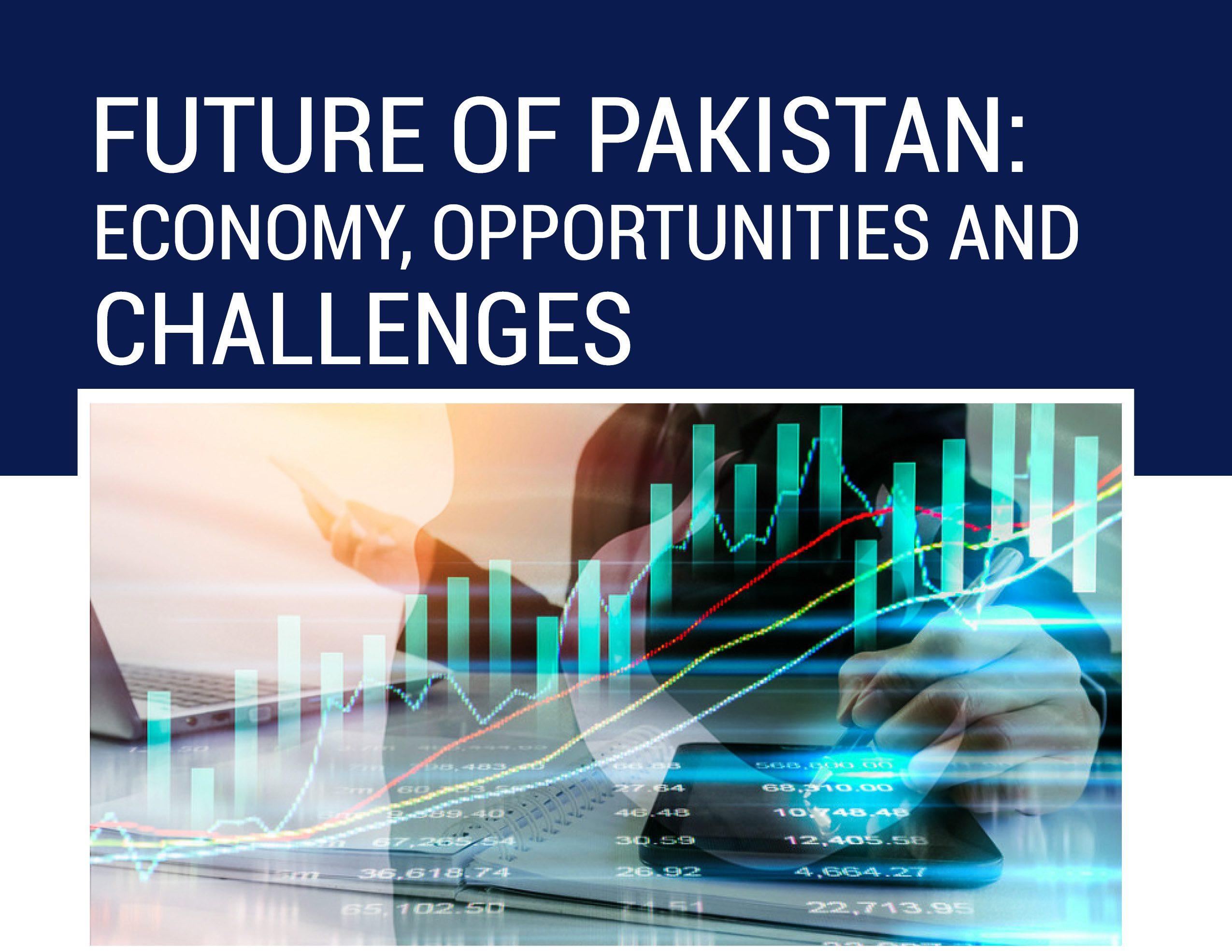Pakistan, a country that is home to fertile lands as well as mighty mountain ranges, blessed with abundant natural resources and human capital, not to mention its central geostrategic importance, nevertheless continues to struggle with a cash-starved economy. The country generally underperforms in almost all economic indicators and habitually finds itself in macroeconomic crises. With a nominal GDP per capita ranking of 157 in the world, the economic challenges encountered by the country are all too obvious. Despite the country’s immense economic potential, it continues to struggle, and one is inclined to link it to a lack of coherent economic policies and poor governance.
The instability of growth patterns can primarily be linked to myriad structural constraints that have become associated with the country’s economy over the course of history and are becoming worse over time. A brief overview of these challenges is presented below.
The fundamental problem associated with the country’s economy is its weak financial position/ fiscal management. The economy of Pakistan has historically been run on three major deficits or gaps; the current account deficit or the trade gap, the budget deficit or the fiscal gap and the saving-investment gap. These high deficits pose monumental challenges to every incumbent government which continues to exacerbate with each passing tenure. Hence when the PTI government complained of inheriting historic high debts and deficits, it was justified in its claims.
Pakistan’s economy can be characterized as import- and consumption-oriented. Because of the weak industrial base of the country and low-value addition in its products, the share of exports in the balance of payments has over time dwindled, while that of imports has mounted. This increased reliance on foreign resources has led to a recurring negative balance of payments and has brought the country to the danger of default. It was under such circumstances that the current government resorted to harsh economic stabilization measures as evident from the federal budget. Although the government has managed to bring down the current account deficit, it mainly happened due to strict import policy instead of growth in exports.

With the rapidly growing population and ever-increasing expenditure demands, successive governments have struggled to finance the country’s expenses mainly because of low revenue generation. The tax[1]revenue generating bodies struggles with formulating a substantive tax policy that would appropriately widen the tax net and hence draw upon an indigenous capacity to fund national expenditure requirements. The difference, nonetheless, had almost always been financed by the governments through sources such as external borrowing or printing of money which ultimately entangled the country in the debt conundrum and the related challenges of high inflation and decreased investment. National savings and investment, which are key macroeconomic variables that influence the stability and growth of an economy, are also lagging in Pakistan. Although high inflation rates make it difficult for people to save due to reduced purchasing power, Pakistan’s savings and investment statistics are still much lower as compared to other Asian economies like China and India. Hence in Pakistan, enough money is not available domestically to drive the investments that would funnel effective growth.
Another formidable challenge that the Pakistani economy has faced is the suboptimal public spending that has been carried out by the successive governments. The structure of spending is mismanaged and flawed in the sense that lower yield, but politically visible projects are given priority over the ones that would generate maximal value for the public. Let us take the example of water infrastructure as a case of neglect. Despite acute water and power shortages, the usage of our has been a moot point for the past 50 years.
Pakistan ranks 152 out of 189 countries in the Human Development Index (HDI) ranking, and its HDI score is lower even than the South Asian average. After multiple experiments undertaken in the ambit of laissez-faire and capitalism, economic experts have finally come to a consensus that growth without development is not sustainable. As discussed earlier, public spending in Pakistan gravitates towards short-term measures and callously ignores the ingredients of long-term success. Human capital formation, as indicated by the educational spending nationally, remains one of the lowest in the world with approximately 2% of GDP. While in the future, the race is towards a knowledge economy, in Pakistan one does not see any comprehensive strategy and scarcely the political will to generate one.
Similarly, another daunting issue that has negatively impacted the economic development is the size of the public sector. Although there exists a negative correlation between government size and its efficiency, Pakistan maintains a large bureaucracy that is in many ways a vestige of its colonial past and not suitable for grappling with either macroeconomic trends or local[1]level issues. This bulky government puts the pressure of salary bills and pensions on the revenue and further restricts fiscal space for development projects in the country. Although this is not to suggest that the government needs to be irrationally shrunk, there is much room for the public sector to be reformed along the lines of public value creation.

Another significant governance challenge that has negatively impacted the economy is the flawed justice system. Although the nonexistence of quality control regulations and consumer protection remained key hindrances to welfare of consumers in the country, the lack of effective business dispute resolution mechanism poses a great challenge to the safety and stability of small businesses. Business investment in Pakistan is significantly reduced because of the lengthy resolution mechanism as cases are dragged on for years. Ultimately, the money gets parked in non-productive sectors like real estate with no output to the economy. The government seriously needs to reconsider its approach towards the commercial courts if it wants to bring the stagnated money in circulation.
Looking at the wider horizon, Pakistan’s geostrategic position has proven to be both a curse and a blessing for it. Its geostrategic and political alignments, on one hand, made it the recipient of multilateral grants, on the other, also it made it an easy target of the hybrid warfare of the great powers. By use of international financial institutions such as the World Bank and IMF, not to mention thuggish bodies such as the FATF where nefarious foreign political interests run rampant, the country is recurrently made a subject of economic warfare. Such international bodies play an important role in international finance, wielding particular influence on foreign investors’ (mis) perceptions about countries. In the case of FATF, the grey-listing costs Pakistan economy an estimated $10 billion annually.
Pakistan’s geostrategic position has proven to be both a curse and a blessing for it. Its geostrategic and political alignments, on one hand, made it the recipient of multilateral grants, on the other, also it made it an easy target of the hybrid warfare of the great powers.
The international bodies are, however, sometimes justified in their apprehensions regarding Pakistan’s economy. For example, the FATF’s concerns about Pakistan’s large informal economic base is corroborated by the fact that (at the very least) 35% of country’s GDP wallows in informality. The Hawala or Hundi system are indicative in this regard, and they have thrived in the country since very long because of both negligence of the vested-interest authorities and the direct resistance of a greedy and unruly private sector. This unregulated system on one hand may be easing money laundering and terrorist financing, but on the other it forestalls the much-needed formal economic growth.
There was a time when Pakistan was considered amongst the most attractive countries for the investment, an emerging market par excellence. However, the sad unfolding of endogenous and exogenous events, including a spell of terrorism and poor law and order situation, had shattered the country’s image. Although Pakistan has been extremely successful in vanquishing the obscurantist forces of extremism/ terrorism, the scars have yet to fully heal. That preceding political instability still looms over the investment climate, particularly with regards to long-term investment. For instance, most of the foreign investment that has flown in since the second half of 2019 is “hot money” that can whimsically leave at a moment’s notice.

A recent yet most consequential challenge that has dawned upon Pakistan more generally and its economy in particular is the specter of global climate change. Pakistan has been placed on the fifth spot in the list of countries most vulnerable to climate change. Pakistan is most vulnerable to the effects of climate change because of its overreliance on the climate-sensitive sector of agriculture. Extreme weather events like droughts and floods along with changing crop patterns are damaging the agriculture sector extensively. In the last decade alone, the already fragile economy of Pakistan suffered economic losses worth $3.8 billion due to climate change.
Yet there is a stronger recognition today of the problems that confront the nation. The incumbent government has declared meaningful economic reforms to be its top agenda and is currently making several “hardcore” adjustments and undertaking stabilization measures. The efforts towards austerity, fiscal adjustment, monitory tightening, and documentation of economy are all difficult pills to swallow. Yet these are the sorts of remedial measures that might just correct the course given how wayward our development trajectory was become. In the past, such steps were avoided in favor of short-term interventions.
If the current government succeeds in implementing these policies effectively, they would ultimately end the circle of uncertainty that ever so often returns to haunt the economy and curtails its long-term development orientation.
In terms of opportunities, the examples abound, but one of keen interest is tourism. Pakistan, blessed with scenic landscapes, rich culture and history, and hospitable people has every potential to become a tourist attraction. Unfortunately, due to poor law and order situation in the country, the tourism industry could not flourish in the past. However, now as the security situation has changed, the industry can pay its fair share in boosting the economy. To bank upon tourism potential, substantive tourism policy needs to be formulated that improves tourism infrastructure, creates an enabling environment for the tourists as well as advertise the tourism opportunities of the country.
As but another example, whereas many industrialized and developed world countries are suffering from an aging population, Pakistan has the largest youth population in its history with 64% of its population is below the age of 30. This youth bulge in Pakistan, although a real[1]time challenge because of the high rate of illiteracy and unemployment, can be a blessing in disguise. It can serve as a demographic dividend if trained and empowered in due course of time. Young people are fast learners and hence with appropriate skill-based training, they can be made an asset for the future not just for Pakistan but for the world too.
Women’s engagement in economic activity has proven to stimulate growth and development worldwide. The example of Japan two generations ago and Bangladesh today demonstrate this. On the contrary, Pakistani women’s entrepreneurship rates are counted among the lowest in the world and their labor market participation is also disconcertingly low. An IMF study estimated that Pakistan’s GDP would increase by 30% if women’s labor force participation rates become equivalent to male participation rates. The women in Pakistan are hence another opportunity for the country.

CPEC, the $62 billion investment project is not just a strategic game-changer but an economic fate-changer for Pakistan. As the first phase of the project has been concluded with the successful completion of major infrastructure and energy projects, which have effectively mitigated the country’s power and infrastructure woes, CPEC’s Phase 2 brings about much higher hopes with it. The country which is currently struggling with low investment and high unemployment, CPEC Phase 2 would turn out to be an economic lifesaver, so long as private sector involvement is proactive and value-creating opportunities are keenly seized.
As such, the verdict on Pakistan’s future economic outlook should remain bright keeping in view the country’s potential to still put itself back on the track of sustainability and growth, with the caveat that reforms and bitter pills must be taken now despite the temptations to kick the can down the road and seek political expediency. It is also a collective responsibility of ours to galvanize the public towards meaningful economic lives and financial inclusion, so as to do justice to the aspirations of the large youth cohort. The greatest opportunity for Pakistan, then, lies in addressing the aforementioned challenges systematically, collectively, and in a timely fashion.








